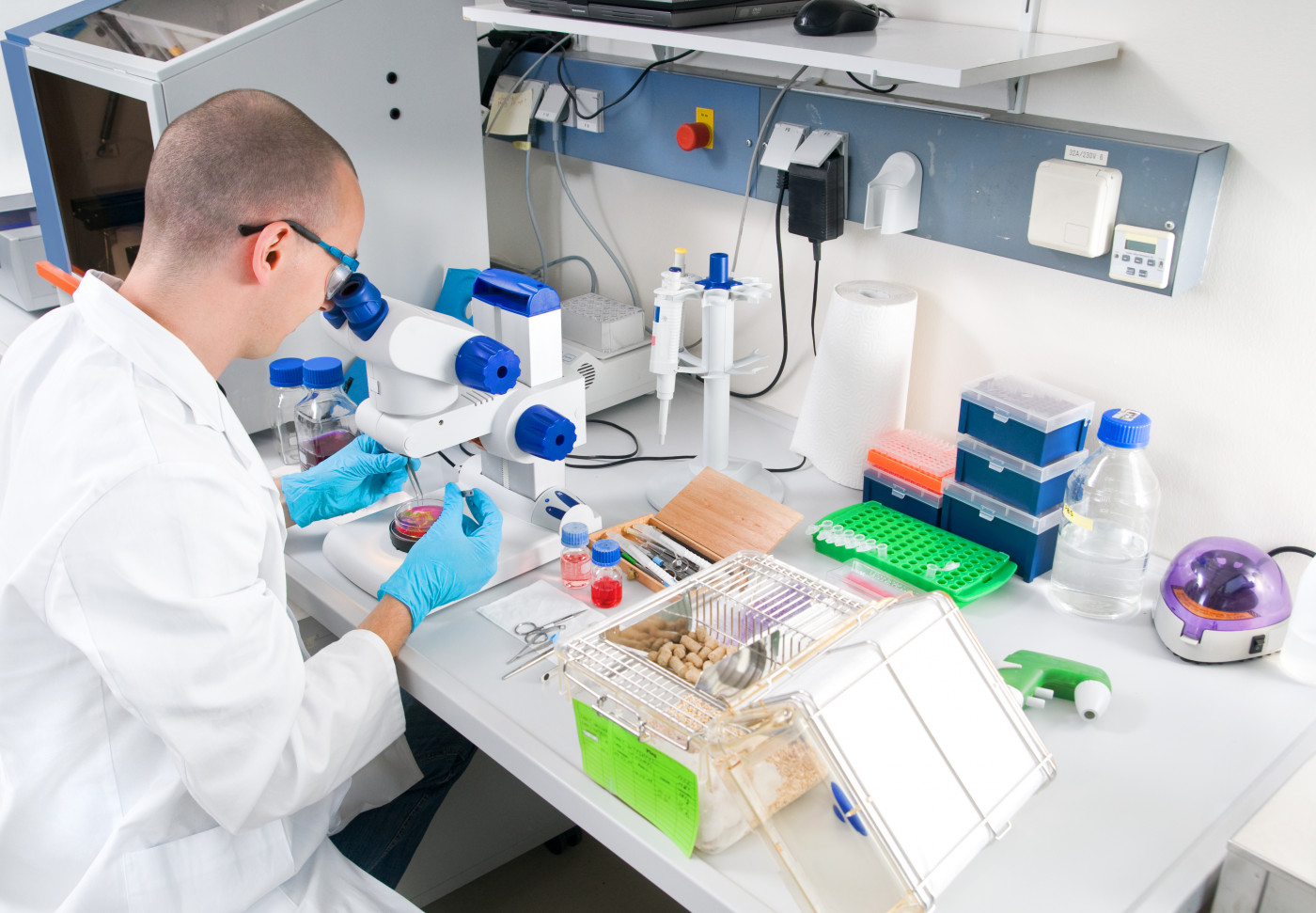Blocking Inflammatory Signaling in Specific Pulmonary Artery Cells Might Treat PAH, Study Says

Targeting the pro-inflammatory TGF-β signaling pathway in specific cells of the pulmonary arteries — those with high levels of a protein called periostin — shows promise in treating pulmonary arterial hypertension (PAH), a study reports.
The study, “Periostin-expressing cell-specific transforming growth factor-β inhibition in pulmonary artery prevents pulmonary arterial hypertension,” was published in the journal Plos One.
PAH is a rare, progressive disorder characterized by high blood pressure in the blood vessels (arteries) that carry blood to the lungs.
Periostin, a cell adhesion protein also known as osteoblast-specific factor 2, is known to be one of the most highly expressed proteins in the lungs of PAH patients compared to healthy individuals.
In these patients, periostin is found in the neointima — a new or thickened layer of the artery that develops after PAH onset. Healthy pulmonary arteries, in contrast, have no expression of periostin.
Researchers in Japan suggested that periostin might be involved in the pathogenesis of PAH. (Pathogenesis refers to the origin and development of a disease.)
Previous studies showed that transforming growth factor (TGF)-β signaling (a cell signaling pathway that promotes inflammation) is critical in the development of PAH. Consequently, blocking this signaling pathway has been shown to prevent PAH progression.
Preclinical work also support the idea that targeting TGF-β signaling may be a promising therapy for PAH. However, inactivating TGF-β signaling throughout the body comes with a number of safety concerns. A way to inhibit TGF-β signaling in a cell-specific or organ-specific manner is needed.
Since periostin is highly expressed in the pulmonary artery cells of PAH patients, researchers hypothesized that targeting TGF-β signaling specifically in cells expressing periostin would inhibit the signaling pathway only in those cells, leaving other cells and organs unaffected.
To investigate, researchers used a mouse model in which TGF-β signaling is blocked in cells that specifically express periostin.
First, they induced periostin expression in the pulmonary arteries by exposing the mice to hypoxia (10% oxygen) for four weeks. This caused a “remodeling” of pulmonary arteries, a feature reminiscent of PAH, and led to a marked increase in periostin levels.
“We demonstrated that Pn [periostin] was expressed in remodeled PA [pulmonary arteries] specifically under hypoxic conditions in a mice model,” the team wrote.
Next, researchers found that — as they suspected — high periostin levels led to a reduction in TGF-β signaling. Further experiments showed that Smad3 activation, which is indicative of TGF-β signaling, was also lower in periostin-expressing cells.
Finally, researchers analyzed the effect of inhibiting TGF-β signaling on mice exposed to hypoxia and with PAH. Results indicated that, after TGF-β signaling was blocked, the development of PAH was effectively eased.
Based on the results, the team concluded that TGF-β signaling inhibition “effectively attenuated the development of PAH under hypoxic condition, suggesting that Pn-positive cells are crucial for TGF-β-mediated vascular remodeling in PAH.”
The researchers suggest that “targeting TGF-β signaling in Pn-expressing cells is a promising therapeutic strategy for PAH.”







